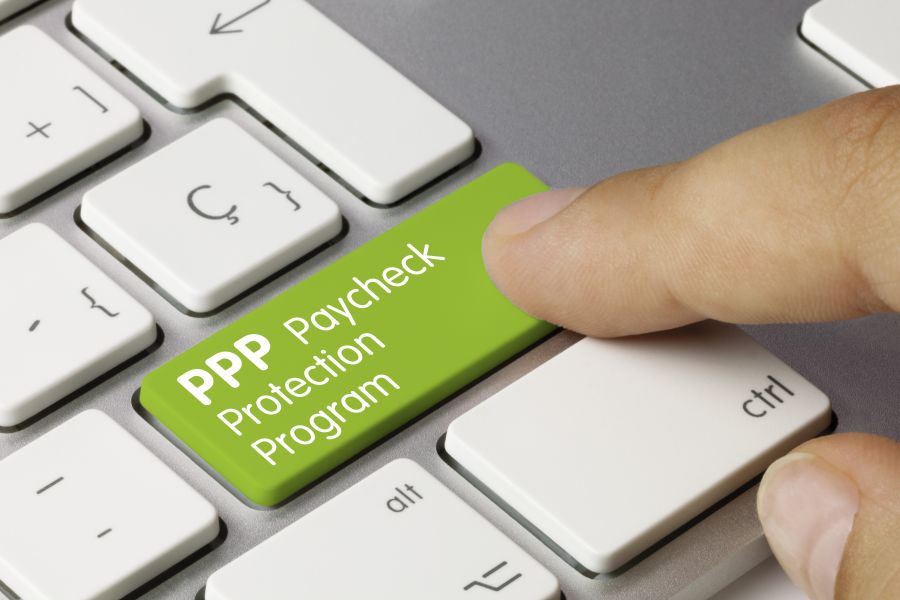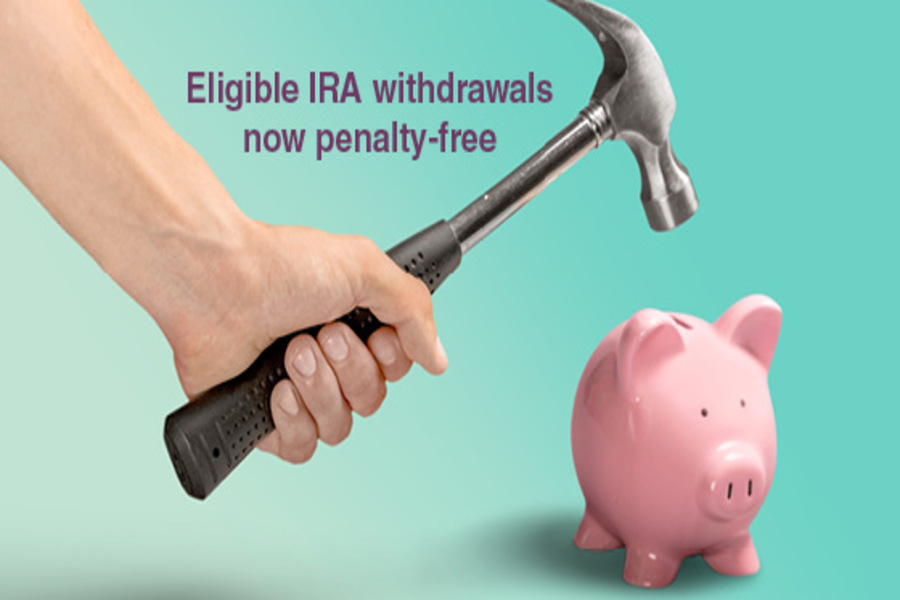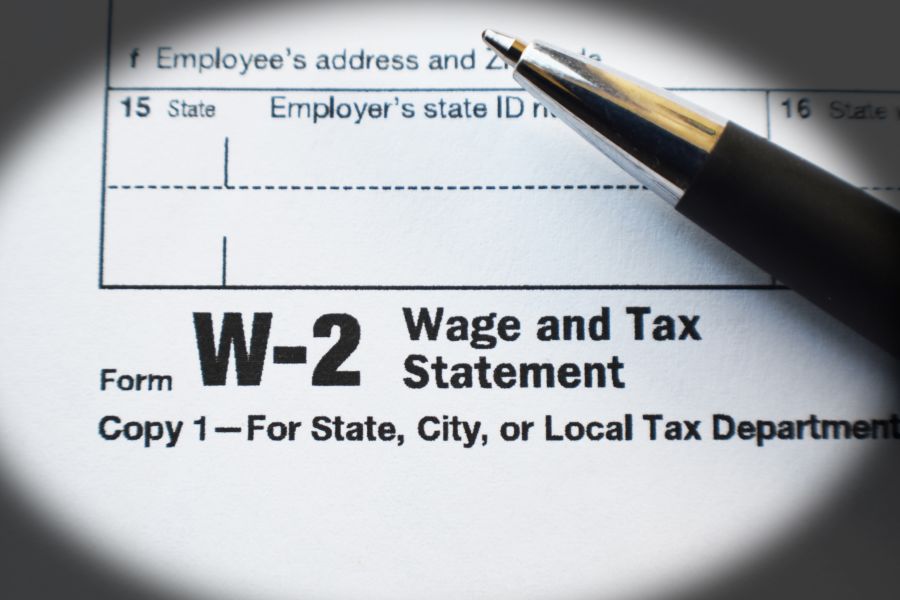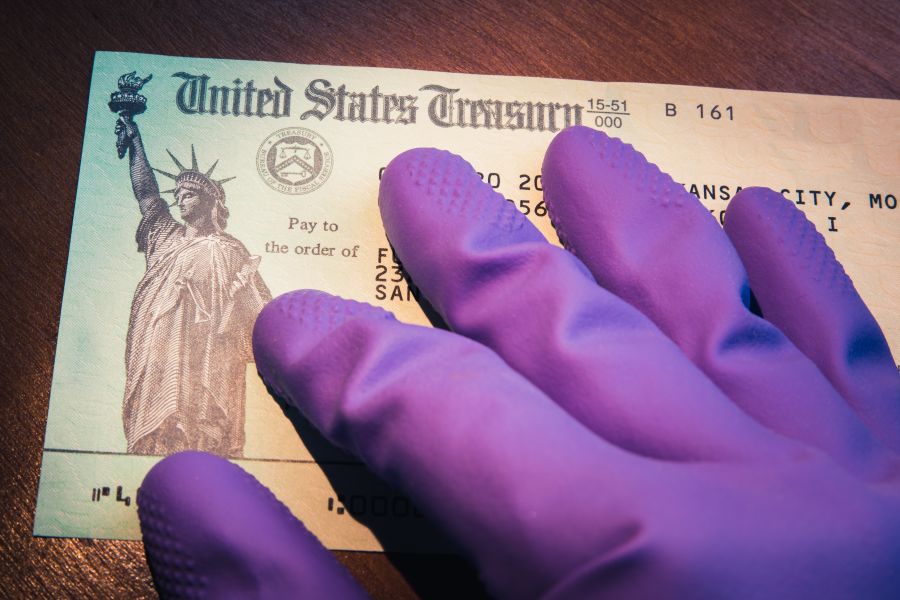Perhaps you’re an investor in mutual funds or you’re interested in putting some money into them. You’re not alone. The Investment Company Institute estimates that 56.2 million households owned mutual funds in mid-2017. But despite their popularity, the tax rules involved in selling mutual fund shares can be complex. Selling mutual fund shares: tax basics If you sell appreciated mutual fund shares that you’ve owned for more than one year, the resulting profit will be a long-term capital gain. As such, the maximum federal income tax rate will be 20%, and you may also owe the 3.8% net investment income tax. When a mutual fund investor sells shares, gain or loss is measured by the difference between the amount realized from the sale and the investor’s basis in...

(This is Blog Post #798)...
When you make the decision of going into business for yourself, you'll find that many people who launch small businesses start out as sole proprietors. Here are nine tax rules and considerations involved in operating as that entity. 1. You may qualify for the pass-through deduction. To the extent your business generates qualified business income, you are eligible to claim the 20% pass-through deduction, subject to limitations. The deduction is taken “below the line,” meaning it reduces taxable income, rather than being taken “above the line” against your gross income. However, you can take the deduction even if you don’t itemize deductions and instead claim the standard deduction. 2. Report income and expenses on Schedule C of Form 1040. The net income will be taxable to...
When Dan received a large shipment of highlighter markers, he was confused. He didn’t remember ordering them — and he was the company’s sole office supplies buyer. Yet when he received an invoice for the markers a week later, he approved it for payment. After all, employees were already using the highlighters. Dan fell for a typical office supply scam — and his company paid for the mistake. Here’s how to protect your business from this type of fraud. Common features Office supply scams typically begin as telemarketing fraud, with someone calling your business to obtain your street address and the name of an employee. Callers may ask for the person in charge, claim to need information to complete an order or pretend to verify an office machine’s...
The Small Business Administration (SBA), in consultation with the Department of the Treasury, has issued guidance to assist businesses in calculating their payroll costs for purposes of determining the amount of a Paycheck Protection Program (PPP) loan businesses can apply for. Borrowers and lenders may rely on the guidance provided in this document as SBA’s interpretation of the CARES Act and of the Paycheck Protection Program Interim Final Rules. The U.S. government will not challenge lender PPP actions that conform to this guidance and to the PPP Interim Final Rules and any subsequent rulemaking in effect at the time. Questions answered in the guidance related to Schedule C taxpayers are as follows: Self-Employed with No Employees Question: I am self-employed and have no employees, how do I calculate my maximum...
(This is Blog Post #794)...
Millions of eligible Americans have already received their Economic Impact Payments (EIPs) via direct deposit or paper checks, according to the IRS. Others are still waiting. The payments are part of the Coronavirus Aid, Relief, and Economic Security (CARES) Act. Here are some answers to Economic Impact Payment FAQs. Who’s eligible to get an EIP? Eligible taxpayers who filed their 2018 or 2019 returns and chose direct deposit of their refunds automatically receive an Economic Impact Payment. You must be a U.S. citizen or U.S. resident alien and you can’t be claimed as a dependent on someone else’s tax return. In general, you must also have a valid Social Security number and have adjusted gross income (AGI) under a certain threshold. The IRS also says that automatic payments...
On its website, IRS has issued FAQs on the deferral of the deposit and payment of the employer's share of Social Security taxes and self-employed individuals to defer payment of certain self-employment taxes that is provided by the Coronavirus, Aid, Relief and Economic Security Act (CARES Act). These employment tax deposit deferral FAQs will be updated to address additional questions as they arise. 1. What deposits and payments of employment taxes are employers entitled to defer? What may be deferred under the CARES Act are the taxes imposed under §3111(a) and, for Railroad employers, so much of the taxes imposed under §3221(a) as are attributable to the rate in effect under §3111(a) (collectively referred to as the "employer's share of social security tax"). But see FAQ 4 regarding...
Back in Blog Post #778 on 4/1/20, I summarized the Coronavirus Aid, Relief, and Economic Security (CARES) Act tax provisions. That post included a brief discussion of the CARES Act’s impact on excess business losses. Here is more about the deferral of, and changes to the limit on, excess business losses. Deferral of the excess business loss limits The Tax Cuts and Jobs Act (the 2017 Tax Law) provided that net tax losses from active businesses in excess of an inflation-adjusted $500,000 for joint filers, or an inflation-adjusted $250,000 for other covered taxpayers, are to be treated as net operating loss carryforwards in the following tax year. The covered taxpayers are individuals (or estates or trusts) that own businesses directly or as partners in a partnership or...
As appearing in e-News for Tax Professionals: Issue Number 2020-16 Working with the Treasury Department, the new Get My Payment application, allowing taxpayers to check on their Economic Impact Payments, debuted on the IRS website. The application will answer common questions as an initial round of more than 80 million Economic Impact Payments hits recipients’ bank accounts. Get My Payment will show the projected date when a deposit has been scheduled, similar to the “Where’s My Refund tool” many taxpayers are already familiar with. Get My Payment also allows people to provide their bank account information. People who did not use direct deposit on their last tax return can also use the application to input their bank information to receive the payment by direct deposit, expediting...
- 1
- 2
- 3
- 4
- 5
- 6
- 7
- 8
- 9
- 10
- 11
- 12
- 13
- 14
- 15
- 16
- 17
- 18
- 19
- 20
- 21
- 22
- 23
- 24
- 25
- 26
- 27
- 28
- 29
- 30
- 31
- 32
- 33
- 34
- 35
- 36
- 37
- 38
- 39
- 40
- 41
- 42
- 43
- 44
- 45
- 46
- 47
- 48
- 49
- 50
- 51
- 52
- 53
- 54
- 55
- 56
- 57
- 58
- 59
- 60
- 61
- 62
- 63
- 64
- 65
- 66
- 67
- 68
- 69
- 70
- 71
- 72
- 73
- 74
- 75
- 76
- 77
- 78
- 79
- 80
- 81
- 82
- 83
- 84
- 85
- 86
- 87
- 88
- 89
- 90
- 91
- 92
- 93
- 94
- 95
- 96
- 97
- 98
- 99
- 100
- 101
- 102
- 103
- 104
- 105
- 106
- 107
- 108
- 109
- 110
- 111
- 112
- 113
- 114
- 115
- 116
- 117
- 118
- 119
- 120
- 121
- 122
- 123
- 124
- 125
- 126
- 127
- 128
- 129
- 130
- 131
- 132
- 133
- 134
- 135
- 136











